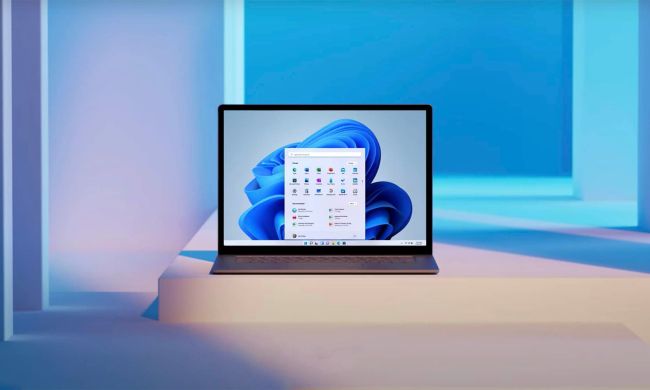When it comes to looking for life elsewhere in the universe, we tend to be very Earth-centric: We look for planets that are similar to our own, assuming that life elsewhere will be similar to us and require similar conditions. However, a new type of exoplanet has been identified by astronomers at the University of Cambridge, and even though it is very different from Earth it could still support life.
The new class of planet is called a “Hycean” planet, meaning an ocean-covered world with abundant hydrogen in its atmosphere. The researchers believe that this type of planet could be common and as they are potentially habitable this significantly increases the possible locations to search for life outside our solar system.

“Hycean planets open a whole new avenue in our search for life elsewhere,” said lead researcher Nikku Madhusudhan from the University of Cambridge’s Institute of Astronomy in a statement.
These planets are typically larger than Earth, at up to 2.6 times its size, and can be hotter as well, with atmospheric temperatures of up to 200 degrees Celsius. However, despite these high temperatures their oceans could still host microbial life, as suggested by another recent study into a large exoplanet with a hydrogen-rich atmosphere. This study found that there could be liquid water on the planet’s surface beneath its atmosphere. If this is true for Hycean planets as well, then the habitable zone — the area around a star where a planet must orbit for liquid water to be able to exist on its surface — could be larger for these planets than for other types of planets.
“Essentially, when we’ve been looking for these various molecular signatures, we have been focusing on planets similar to Earth, which is a reasonable place to start,” said Madhusudhan. “But we think Hycean planets offer a better chance of finding several trace biosignatures.”
Biosignatures are chemical indications of life and are one of the main ways that researchers look for life elsewhere in the universe.
“A biosignature detection would transform our understanding of life in the universe,” said Madhusudhan. “We need to be open about where we expect to find life and what form that life could take, as nature continues to surprise us in often unimaginable ways.”
The research is published in The Astrophysical Journal.



